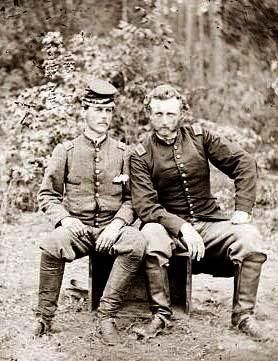Re: Camp furniture on campaign
Thank you everyone for your comments! They will all be taken into consideration for future events. But for now I will continue with my current "no furniture" impression!
Thanks again and God Bless!
Thank you everyone for your comments! They will all be taken into consideration for future events. But for now I will continue with my current "no furniture" impression!
Thanks again and God Bless!






Comment